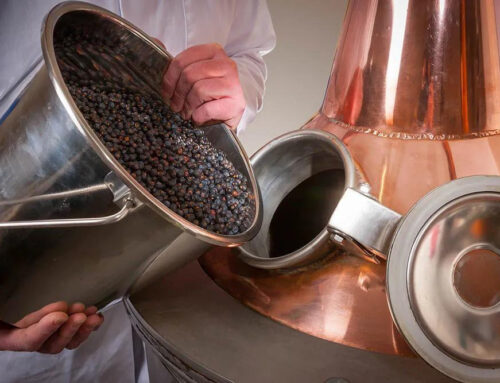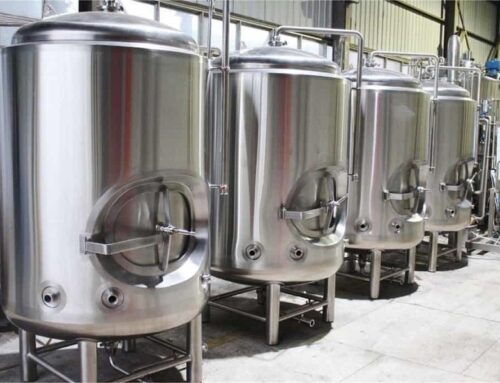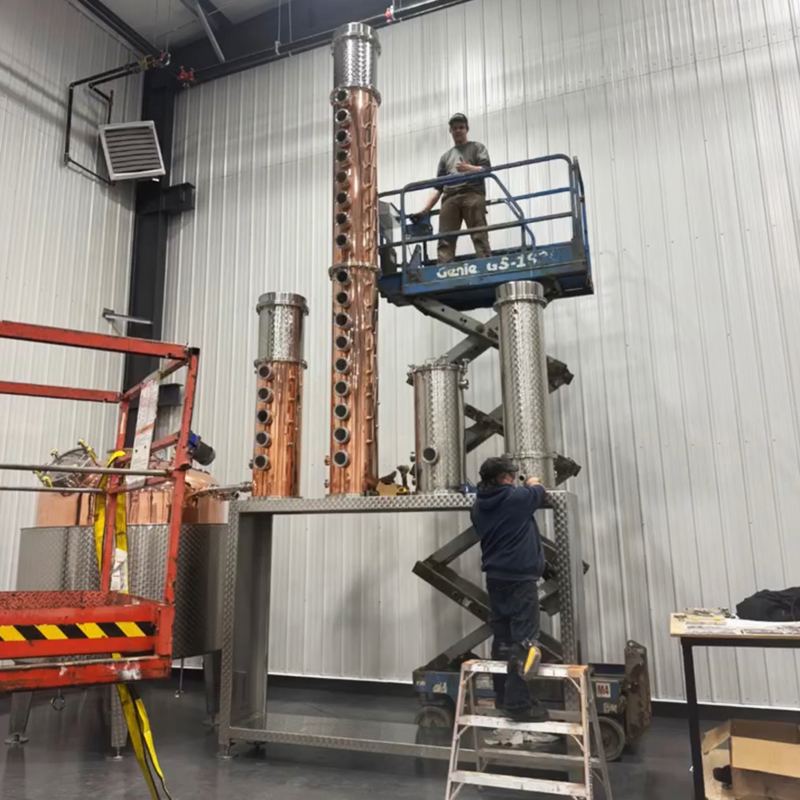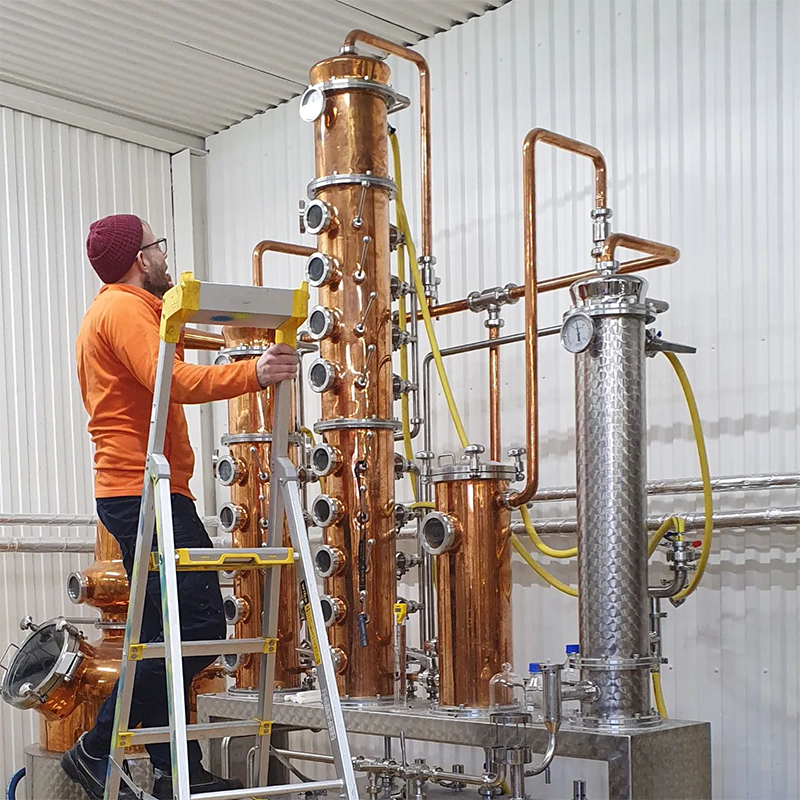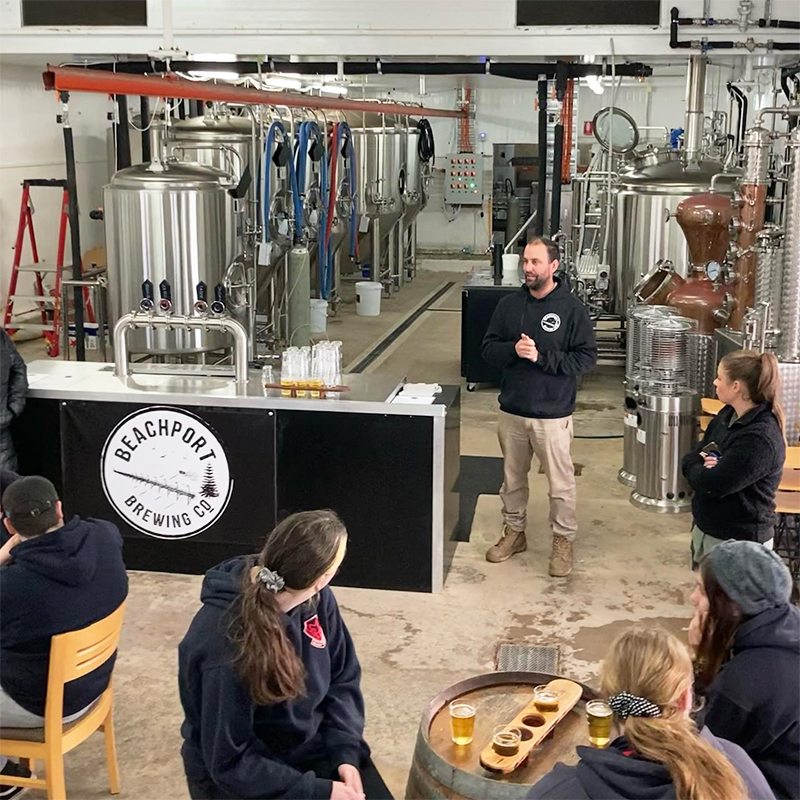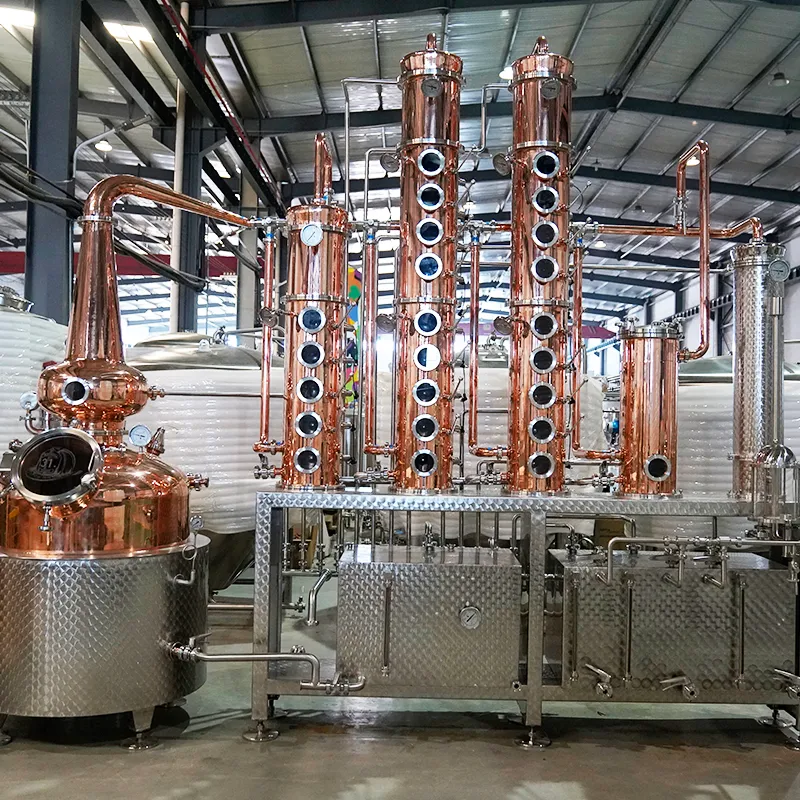
What is a Hybrid Still?
There are still some competing definitions of what constitutes a true hybrid still. Some people refer to a kettle-top still as a hybrid still, while others refer to a still that can switch between a pot still and a column still as a hybrid still. Whatever your definition, understanding the differences between still types and their pros and cons can help you run your equipment more efficiently and help you choose the right commercial distillation equipment for your desired flavor profile.
Pot stills are traditional stills, while column stills are more high-tech and are necessary to produce high-alcohol spirits. Each type of still has its pros and cons, and knowing them will help which still is best suited to produce the flavors you want in your final spirit.
Pot Stills: Pros and Cons
The pot still was the original distillation technique. In its simplest form, a pot still consists of a kettle that is heated to boil the low-boiling substances in a solution. The liquid is then fed into the still, and the vapor goes to the product condenser, which turns it back into a liquid. . The angle of the laning arm, the height of the cap on the jug, the total area available for passive recirculation, and many other factors will affect the characteristics of the final product.
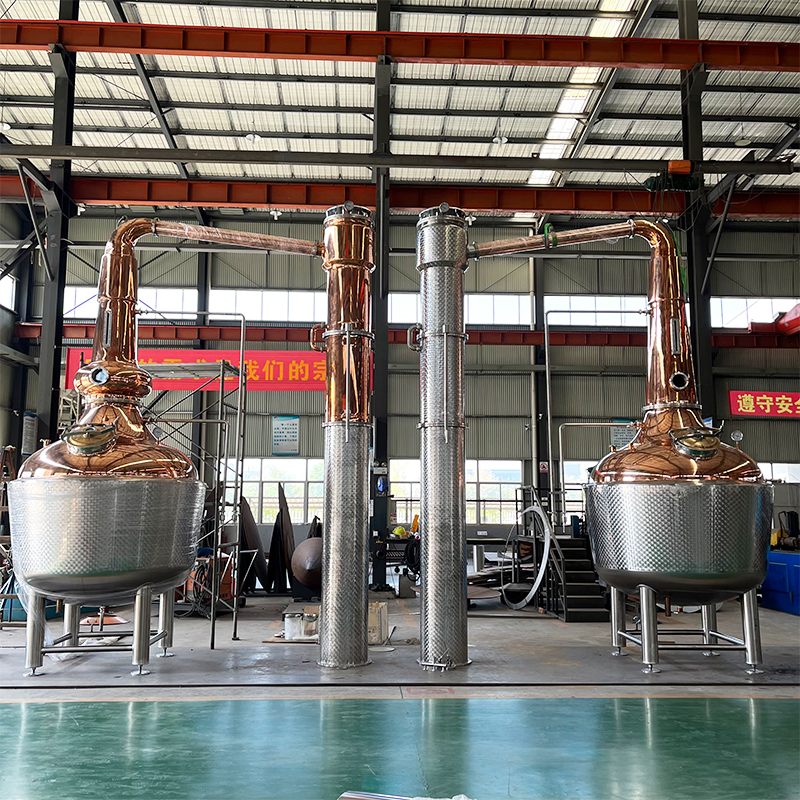
Column Stills: Pros and Cons
Column stills work the same, each plate on the column still acts as a separation step, the concept is similar to how a kettle separates materials. This comparison is not one-to-one, which means that running three plates in one column may not give the exact same results as triple distillation on a pot still.
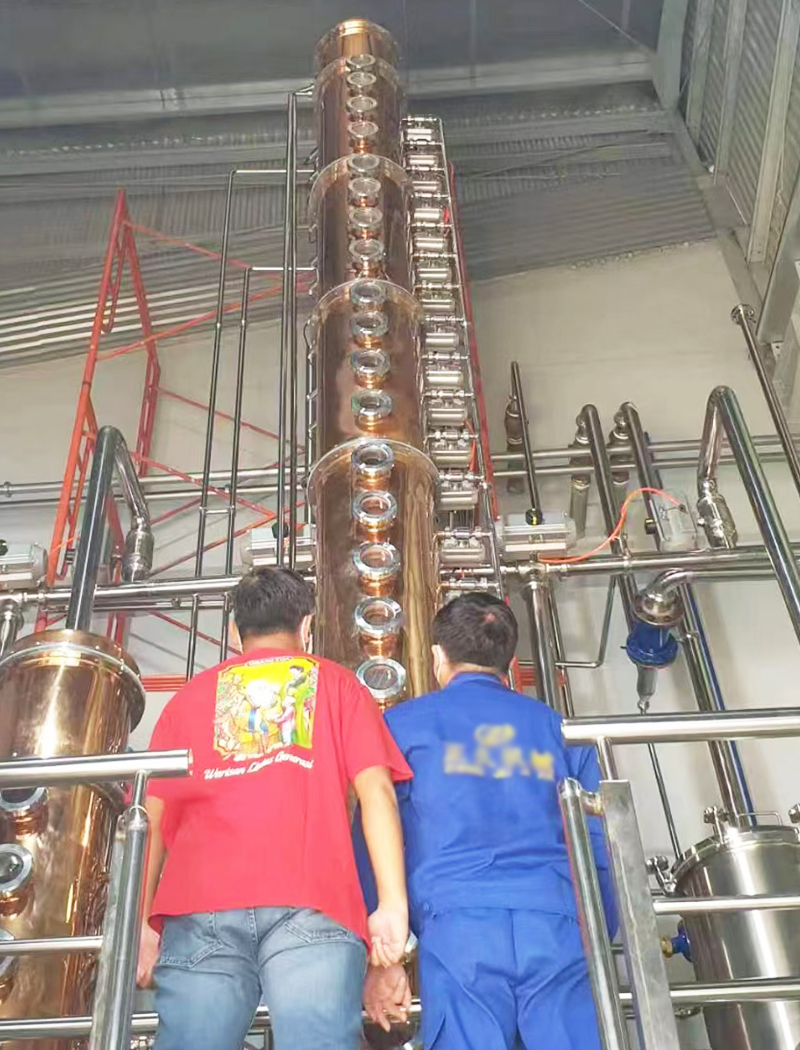
It All Boils Down to Reflux
Part of the reason the two types of stills produce different characteristics is the amount of reflux possible in each system. In a pot still, the shape and surface area of the still interior creates passive reflux. In a distillation column, reflux can be controlled using a device called a partial condenser, which cools the vapor at the top of the column to control the volatility of the material entering the product condenser. Pot stills can also be used to increase reflux through the use of partial condensers.
As a rule of thumb, the closer to 100% reflux you run, the more efficiently the plates will separate, and the higher the number of plates, the cleaner the product will be. This is why brewing vodka on a column still is more efficient than brewing it on a pot still, as less smudging occurs and there is a clearer separation between heads, hearts and tails. More separation and a cleaner product can be great, but a trade-off occurs because the plate part is a separation step, so it only removes part of the starting material. This means that compounds with higher boiling points that add flavor are also removed. There are ways around this, such as using fewer pans or mixing a small amount of tails back into the final product.
Given what we know about the two common types of stills, what should we use as a standard for a hybrid still? Since you’re technically combining both types of stills, wouldn’t putting a column on top of the kettle make it a hybrid still? Or is a configuration that allows you to switch between running as a pot still or as a column still closer?

Part of the craft distillation process is tweaking and perfecting your recipe. The other part is how to run your distillation equipment to get the flavor profile that’s right for you. Tiantai will customize your distillation equipment according to your needs. If you have any needs, please feel free to contact us.


